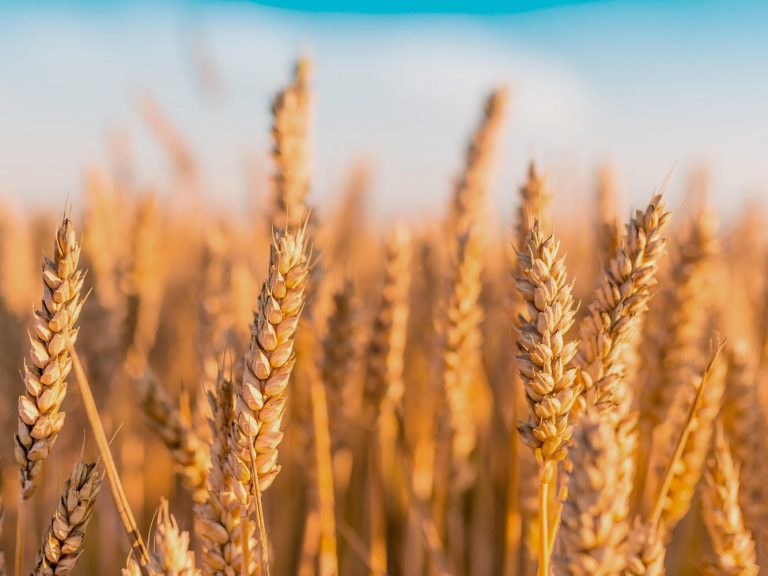Researcher Karin Jonsson at Chalmers University of Technology, together with researchers from the University of Gothenburg, wants to develop a model for how young people’s eating habits can be studied, and find out what is needed to promote healthier eating habits.
Short facts about Help a scientist
In the project Help a Scientist, the Nobel Prize Museum brings together teachers, students and scientists. Teachers and 14–15 year old students can participate in a real research project, scientists get help in their work, and universities and colleges are given the opportunity to collaborate with schools and school students. Together we create new knowledge, interest and understanding of research.The project is led by the Nobel Prize Museum and funded by the Swedish Foundation for Strategic Research.
What, how, why
What?
In the project The Whole Grain Hunt, scientists need help exploring how young people think about food and health, especially about carbohydrates, and what young people believe is necessary for them to make healthier food choices. Students will respond to a survey and perform taste tests using various senses, so-called sensory tests on carbohydrate-rich foods. They then help to analyze the results. Based on the results of the survey and the sensory tests, the students then develop their own, creative ideas about how healthy eating habits can be communicated, and how products can be developed and made available, to young people.
How?
The researchers provide background information and instruction for the research assignment as well as the surveys. In the surveys students answer questions about what healthy eating habits mean to them and how they consider carbohydrates, from where they get information about how to eat healthy and how they themselves eat, as well as what factors prevent them from, or would encourage them to, eat healthier foods. In addition, sensory tests are performed on breads with varying whole grains content and different alternatives to sugar. The responses are collected electronically and e-mailed to the scientists. The scientists compile the results from all classes and feedback with results in the form of numbers and tables on how students think about healthy foods in general and in relation to different variables such as gender and physical activity. The students’ analysis is built upon the results with support from the scientists.
Why?
In Sweden, as in the rest of the world, there are recommendations on what diet we should eat to lead a healthy life and reduce the risk of developing various diseases. These recommendations are based on comprehensive compilations of all available research in the field. A general recommendation regarding carbohydrates is to eat more whole grains and less sugar. In Sweden, only one in ten reaches the recommended amount of whole grains, and the intake of sugar is far too high; young people are the ones who most need to improve their eating habits. This study will provide knowledge about what young people need in order to want – and be able to choose – healthier products. Students will also generate their own ideas for how information about a healthy diet should be communicated to other young people, as well as how healthy carbohydrates can be converted into products that match young people’s preferences.
What is required of you as a teacher?
There are a few criteria that need to be fulfilled by you as a teacher to succeed in the work of Help a Scientist:
• Interest in research.
• Ability and own motivation to collect and disseminate knowledge obtained from the researchers to the students about the research project and research area via start-up conference, teacher compendium, Skype contact with the researchers, frequent email contact with project coordinator at the Nobel Prize Museum and more.
• Ability to handle changing conditions as work on the research task may change due to unforeseen events in the research process.
• A willingness to teach students to work towards a deadline.
• Preparedness for some extra work on the various elements of the project.
Important dates, work flow
Week 19
After the start-up for teachers at the Nobel Prize Museum, May 3
Step 1. Introduction to the field (election of study case in the class room)
Step 2. Plan the survey
Step 3: Skype with the researchers
May-June
Step 4: Carry out the survey
Step 5: Send the answers to the scientists by June 14th
August
Step 6: Purchase of bread and sugar alternatives
Step 7: Perform sensory tests
September
Step 8: Send a summary of the tests to the researchers by September 12.
Step 9: Start planning and producing scientific posters about the research work (students work in pairs).
October
Step 10: Results from the researchers come v. 41
Step 11: Analysis work and idea generation in classroom v. 41–43
Step 12: Oct 25, The posters finished and submitted.
November
Step 13: Nov 4-8 (v. 45) time to correct the posters
Step 14: Nov. 11-22, Poster voting in schools
Step 15: Nov 22, Winners are selected in the poster competition by the Grand Jury consisting of popular science journalists. The prize is three tickets to the Nobel Prize ceremony December 10, 2019.
December
Step 16: Dec 9, Closing Conference at Nobel Prize Museum Kl. 10-15. A teacher and two students are welcome. The students’ prize, the researchers’ prize and the designers’ prize in the poster competition are awarded.
